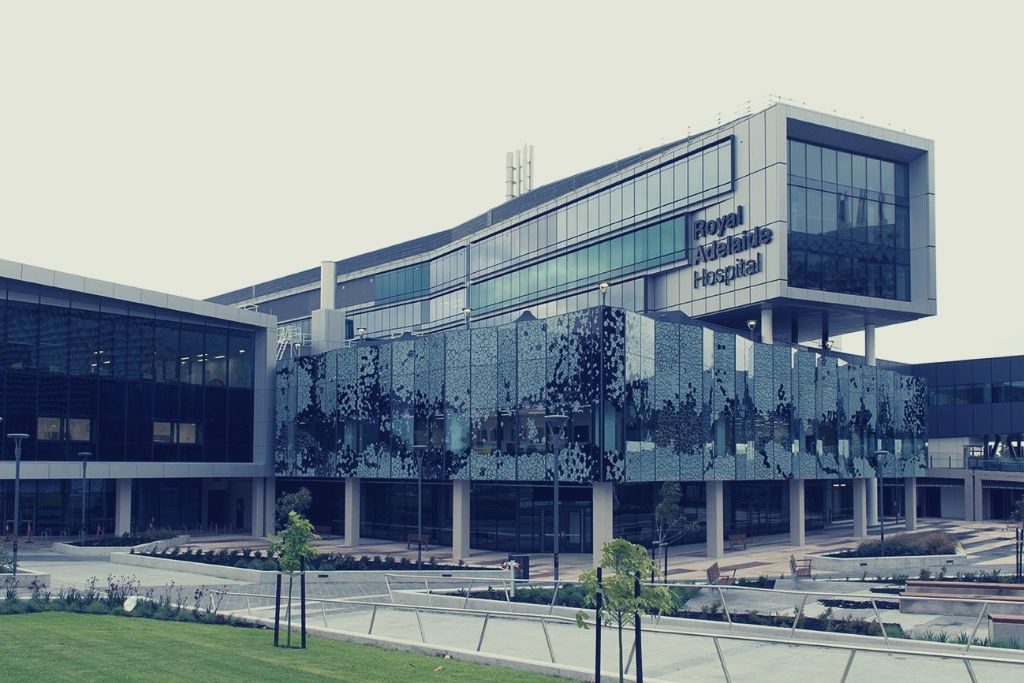Navigating for Health: Patient Flow in Hospitals

Patient flow is the movement of people within a healthcare facility. As one of the most crucial parts of hospital design, a successful patient flow ensures that the hospital can provide the right care at the right time while minimizing any potential risk of transmission of diseases.
How COVID-19 is Reshaping Hospitals

Hospitals are the most important pillar of healthcare. However, since COVID-19 started to spread globally, their significance for not just treatment, but also for testing and after-care grew exponentially. The medical research community documented that up to 80 percent of the COVID-19 cases might be mild or asymptomatic.
How Alzheimer’s Care Homes Use Access Solutions for Dignified Care

very three seconds, someone in the world develops dementia. There are currently about 50 million people globally who have Alzheimer’s or related dementia. As the disease overwhelmingly affects older persons, Alzheimer’s is increasingly more prevalent in the aging societies of Northern America, Western Europe, and East Asia.
These 5 Retirement Homes Shatter Architectural Stereotypes

Globally, the number of persons aged 80 years or will rise from 137 million in 2017 to 425 million by 2050. These developments create an unprecedented rise in demand for services for older persons. In the United States alone, about 1.5 million people in need of daily assistance reside in retirement homes, a number that steadily keeps rising.
How Hospital Doors Can Boost Public Health

Thanks to a growing body of research about the link between smart hospital design and excellent medical outcomes, interiors of healthcare facilities are no longer an afterthought. For the reasons highlighted below, the impact of doors and entrance systems on the day-to-day life in hospitals and public health is immeasurable.
How an Australian Hospital Gives a Glimpse to the Future of Healthcare

Walking into the newly-built Royal Adelaide Hospital, it’d be easy for anyone to forget that they’re in a medical facility and that’s one of the defining principles of what the Future of Healthcare is about: human-centered healing.